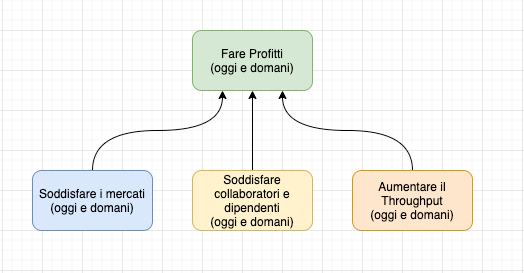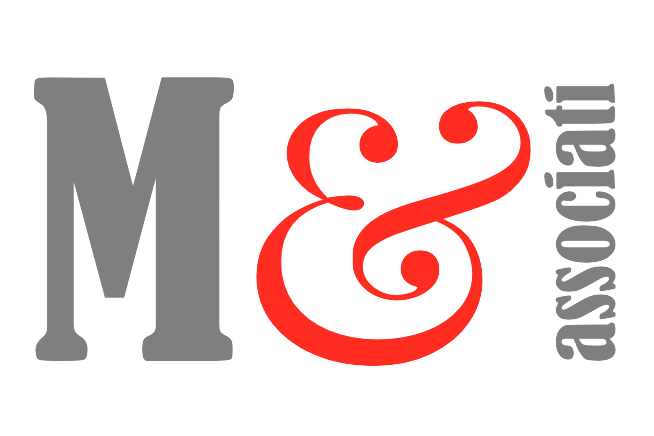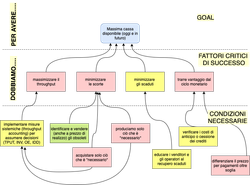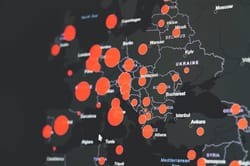As I mentioned in my previous post, warning indicators are definitely useful, but they’re really just a list of “symptoms.” At this point, it becomes crucial to analyze those symptoms to uncover their real causes and figure out what actions can fix them—or at least reduce their negative impact.
This is where the most important process for a company’s life comes in: continuous improvement. So, what exactly is it? The UNI EN ISO 9000:2015 standard (Quality Management Systems — Fundamentals and Vocabulary) defines it as:
“A recurring activity aimed at increasing the ability to meet requirements”
If we break down this definition, we see that:
- It’s a recurring activity, so it should be done regularly.
- It’s meant to increase, that is, improve something.
- Specifically, it improves the ability to meet requirements — meaning the company’s skill or capacity to respond to the needs of its target market, i.e., its clients.
If this ability is lacking, or reduced due to inefficiencies (internal or compared to competitors), it’s clear the company will suffer, weakening its position in the market and, ultimately, its ability to make profits.
To sum it up, we can say that continuous improvement is a recurring process aimed at boosting a company’s performance. Too much? Check out the image below: it shows a goals map where the box “Making Profits (today and tomorrow)” is the company’s main objective, while the three boxes below roughly represent the critical success factors for any company in the “profit” sector.

The goals map is the first step in starting a continuous improvement process. As Seneca said, “There is no favorable wind for the sailor who doesn’t know where to go.”
So first, let’s think about what we want to achieve and make a list. By reviewing what we’ve written and trying to relate the elements to each other, we’ll eventually define a map — a tool that’s extremely useful. It can help to:
- Communicate objectives clearly
- Set the right priorities
- Give everyone a big-picture view so they understand if — and how much — their work contributes to the “common good”
- Focus attention on what’s been done and what still needs to be done
I encourage you to try drawing your own goals map before we move on to mapping out problems as the next step in our improvement journey.
For more details or to learn more, feel free to contact us for a free preliminary consultation.



